C.R.E.E.R.: brief # 1
By Sébastien Jadot – Policy Analyst, C.R.E.E.R
Forewords
It is always a privilege to be a part of a new project. It is even more rewarding when the project is teamed with partners from a variety of backgrounds that are all related in one way or another to Africa. All of us at C.R.E.E.R. have put our experience in African affairs together to make a positive change in the lives of children in Côte d’Ivoire. The phenomenon of street children that is dear to C.R.E.E.R. is a rather complicated topic to discuss and even more so to debate as it touches upon the very fabric of the state; that of its future – of its children.
Street children: Why the briefs?
While people may be familiar with C.R.E.E.R. and the organization’s goals, some may be less familiar with the intrinsic relationships between street children and the social, political, economic or even cultural variables that are interwoven within the street children discourse. The briefs will provide development updates, testimonies and policy analysis, to name a few, that will help to better grasp the necessity for decision makers in Côte d’Ivoire to put the street children phenomenon on the national agenda. We also aim to provide you with as many updates as possible on what C.R.E.E.R. is doing on the ground.
The first brief reflects on the street children phenomenon as a nebulous and often catch-all term that even policymakers find hard to define. While street children are visible, they often remain in the shadows of a definitional maze that has international organizations face a cultural relativism wall of how children are perceived in their respective country.
Street children : Who are they?
Finding an official definition for ‘street children’ is extremely difficult. Human rights practitioners from various backgrounds have, for decades, tried to propose alternative definitions of street children. Many of these definitions have evolved with time and have been refined by the continuing research in multidisciplinary social sciences, policymaking, media exposure to name a few that continue the exploration of the street children phenomenon.
The United Nations Children’s Fund (UNICEF) presents a tridimensional categorisation of ‘street children’:
-
Children ‘of’ the street (presently framed as street-living children), who live on the street, are functionally without their family support;
-
Children ‘on’ the street’ (presently framed as street-working children), who work on the streets and go home their family at night;
-
‘Street-family children’ who live with their family on the street.1
A most common definition for ‘street children’ was proposed by Inter-Ngo in 1983: “Any girl or boy who has not reached adulthood, for whom the street in the widest sense of the word, including unoccupied dwellings, wasteland, and so on, has become his or her habitual abode and/or source of livelihood, and who is inadequately protected, directed, and supervised by responsible adults.”2 The term was later used by the Commission on Human Rights in 1994.3
Today, however, the definition has become more encompassing of new realities. In its latest 2012 report, the Office of the High Commissioner for Human Rights (OHCHR), in partnership with UNICEF, the Consortium for Street Children, and Aviva reported that today “‘street children’ is understood as a socially constructed category that, in practice, does not constitute a homogeneous population, making the term difficult to use for research, policymaking and intervention design.”4 For the Committee on the Rights of the Child “children in street situations” has become the term of choice as is the term “children with street connections” all of which still compete with older terms. The definitional maze is thus alive and well.5
C.R.E.E.R. acknowledges that street children form a fluid and dynamic group that is often marginalized from having a positive participation in the life of their country or host country. This happens despite the fact that street children are active economic agents of a country’s economy, a detail often overlooked and eclipsed by the role played by adults.6 All too frequently, street-children face enormous challenges in gaining access to education, health care but also face violence and exploitation on the street and often in the very institutions tasked to protect them. These impediments greatly reduce the potential for access to social, political and economic opportunities.
Arguably, the narrative will vary with location; from the urban city centres, to the suburbs or in remote rural areas with always an emphasis on local support from both the formal-official channels and informal power structure such as local chiefs, religious leaders. Moreover, adversities such as conflict, climate change and natural disasters, migration, urbanisation, economic hardship, gender discrimination are a few examples that continue to shape the street children debate. The complexity of properly addressing street children at the political base thus confirms the need to effectively unite and garner support from all actors of the civil society. Tackling such phenomenon is thus anything but an easy task. The latter is worsened when decision makers, for a variety of reasons, choose not to or simply fail to intervene, thus putting in jeopardy their country’s very own future; its children; their next generation What is important to note here is that the complexity and specificity of these realities must always be observed through a multi-sectoral approach that avoids the simplification of a phenomenon that cannot be blamed on a single issue.
Street children : Deconstructing the prejudice
A major critic of the street children phenomenon is that it tends to be categorised under a single negative connation that often times eclipses the multidimensional realities that are at play within a particular area where street children are found. The observation is shared by various scholars who emphasize the importance of deconstructing “the concept of street child” which has come to be associated with a life of crime and delinquency.7 A mistake when it is the street that often becomes the child’s unique mean of survival and education. The key element here is to evaluate how street children’s life can be bettered vis à vis a society that has often put them aside. It is exactly because street children’s social status is ranked very low that they are limited in their access to the structure of society. Social and economic exclusions represent a pool of grievances that can quickly be turned into a powerful tool for political destabilisation of which children often become easily coerced into joining. Sierra Leone or Liberia are perfect illustration of how youth, many of them street children, were coerced into joining militias.
A negative trend has worsened in recent years in part because of conflict, economic hardship, climate-change related factors; that of child trafficking. Based on C.R.E.E.R.’s conceptual approach, trafficked children fall within the social and economic actor category with many of them fitting the street children narrative. While many factors may impact the nature of how and why children are trafficked, a nefarious reality becomes evidently visible on the streets when one actually takes the time to understand that behind every street child there is a story – of which trafficking is but one component.
C.R.E.E.R. – moving beyond invisible children
Human trafficking is the story that C.R.E.E.R. has undertaken to address and with it that of trafficked children. They are invisible to us, nothing can set them apart, but the reality for many street children goes back to that of trafficking. They may occupy jobs as hawkers, street vendors-traders, some may have run away from their place of employment, while others may be forced into prostitution with only the street as exit strategy. With only the street as backdrop, street children struggle to regain their status in society and many, due to a lack of government oversight, fail to aptly use their social capital and skills because of the trafficking stigma. Their stories continue to fuel the street children definitional debate of who is responsible, who is to intervene and who is to prevent trafficking from continuing.
C.R.E.E.R. firmly believes that results can only be achieved with the full support of the authorities at the local, regional and national level along with the participation of grassroots movements. International support is but the logistic linkage that helps facilitate the process of policy implementation. Trafficking is not a result of a particular policy but rather the sum of a myriad of factors that lead children to be trafficked in the first place. Therefore, C.R.E.E.R. is not to replace the state in terms of stopping trafficking but to provide the foundation by which sustainable solutions can be further developed into policies. Such development would first and foremost enhance trafficked street children’s potential for reintegration into society by providing them with a way to reunite with their families and by providing skills, education which are quintessential factors to casting off the social stigma attached to them both at home and in their new environment.


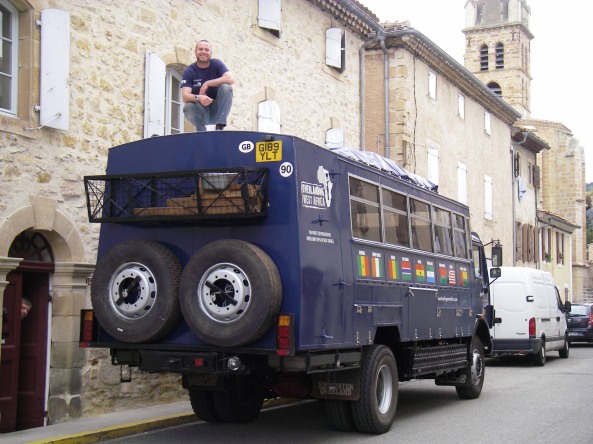
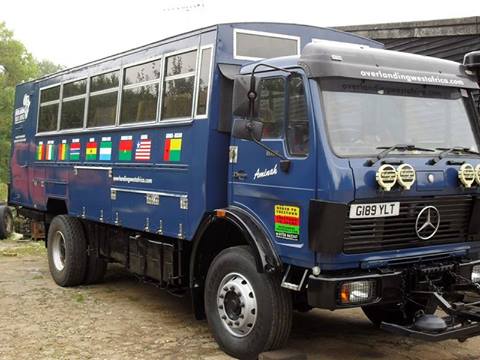

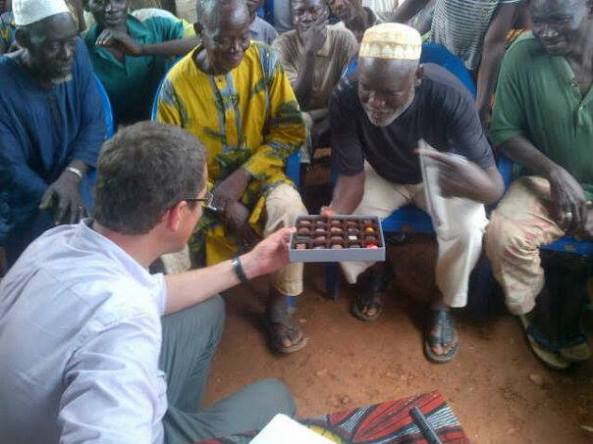


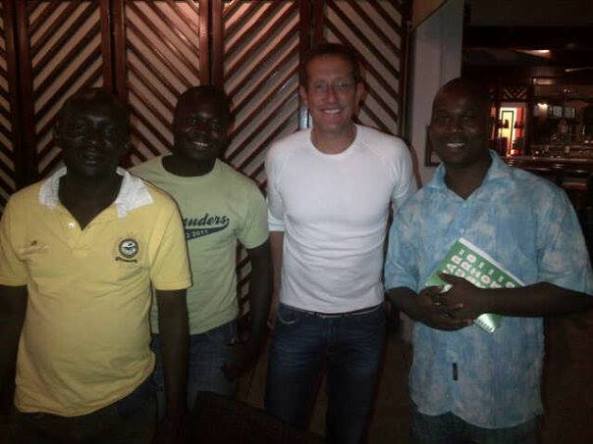
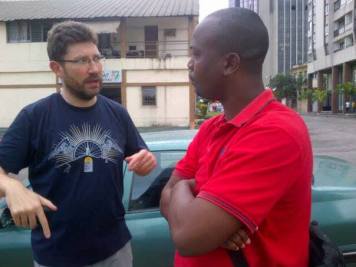
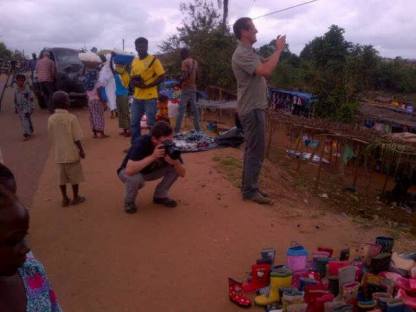
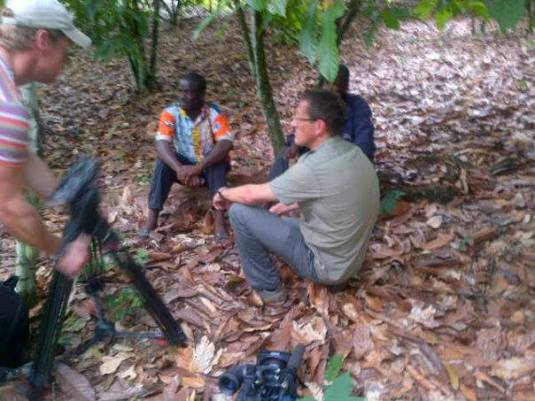
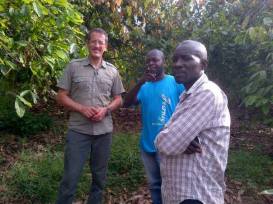
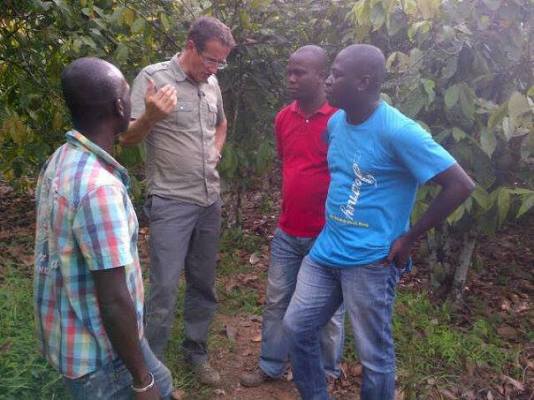
You must be logged in to post a comment.